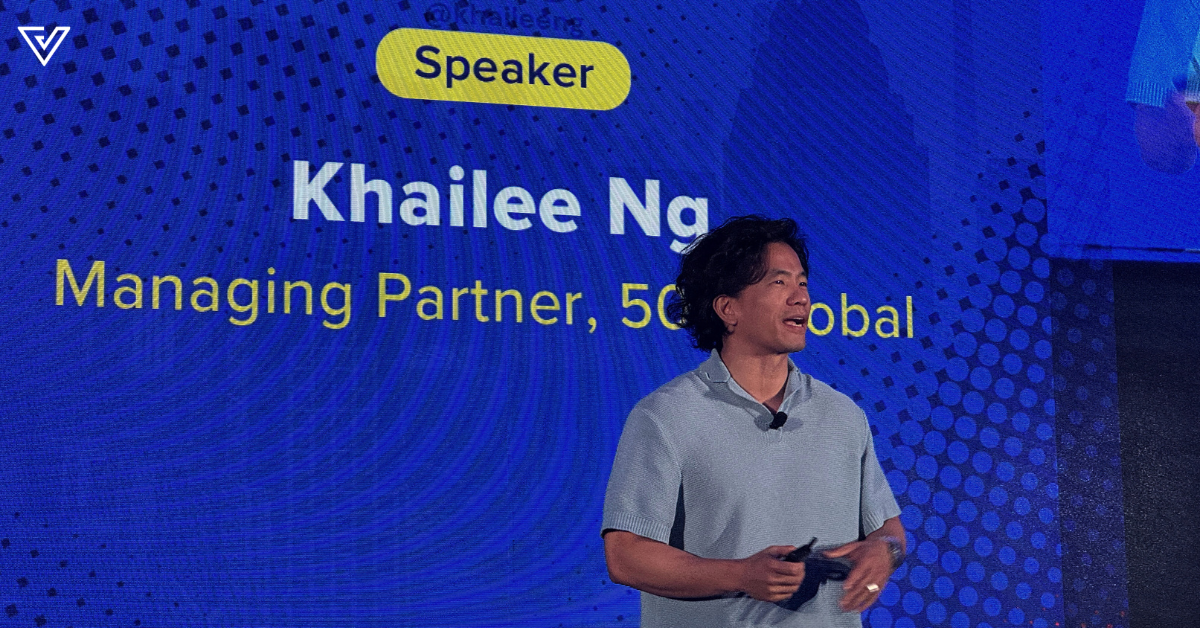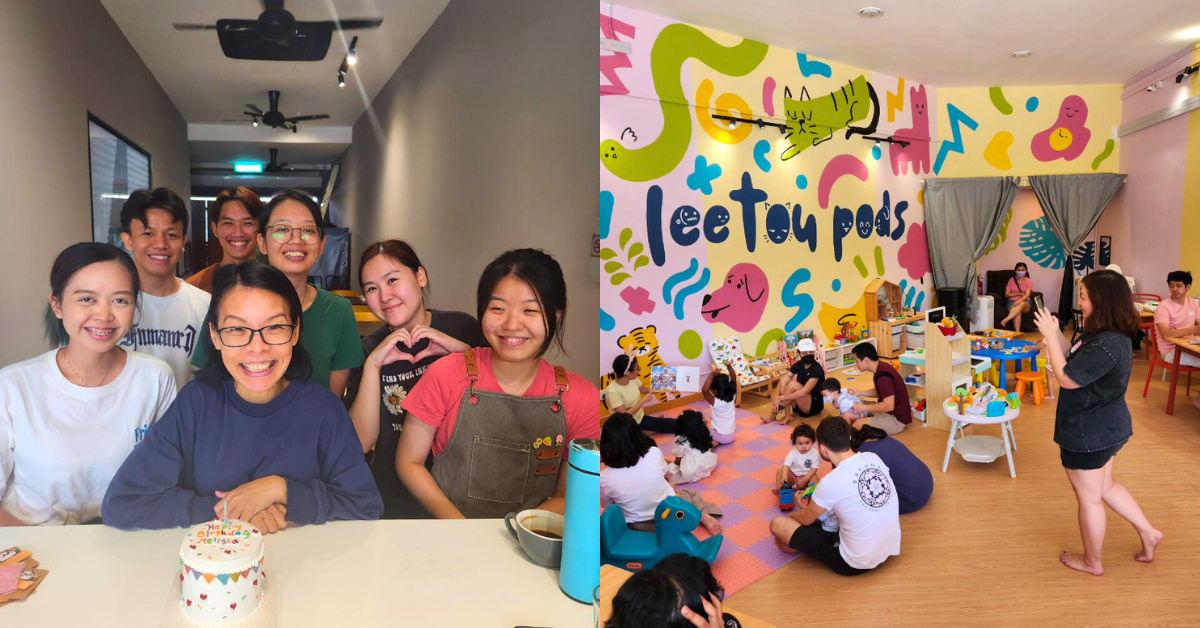Author’s Blurb: In what may be one of the world’s biggest work/working from home (WFH) experiments yet, smaller companies with fewer employees to overlook may find the shift to remote working less challenging. We at Vulcan Post already had WFH guidelines in place before the MCO, yet we still face our own challenges at times. But what about companies with over 100 employees?
When a company has multiple departments of significant sizes, there are more outcomes to consider and more heads to account for when employees have to WFH.
We reached out to 5 large Malaysian companies to learn exactly what they’re going through right now and what strategies and tools they’re using to keep everyone on the same page.
They are:
- Paramount Property, a property developer (500 employees)
- Macrokiosk, a digital technology solutions provider (259 employees, 73 of which are stationed outside of Malaysia)
- Malaysia Digital Economy Corporation (MDEC), a government agency to spearhead the nation’s digital economy (close to 500 employees)
- iPrice, an e-commerce aggregator (197 employees)
- Fave, a digital merchant platform (350 employees across Malaysia, Singapore, and Indonesia)
For all of them, this is the first time they’ve had to practice WFH on such a large scale.
Handling The Challenges Faced
Vulcan Post reached out to them to learn what main challenges they’re facing right now, and how they’re overcoming them.
Two main themes we could identify in their answers had to do with communication and employee welfare.
Surina Shukri of MDEC told us that some of their employees may not have the optimum environment for WFH, especially if they’re juggling computer issues, stable internet connectivity, and family priorities.
For iPrice, David Chmelař said that collaboration is a challenge with social distancing in effect, but they’re making it through with the agile working model that they practise company-wide.
At Fave, Joel Neoh and his team had to do an overnight review of their communication channels to ensure that they could maintain good communication not only amongst each other, but with their customers and merchants too.

Besides that, Joel brought up the topic of looking after his employees’ mental wellbeing.
“We encourage all our leaders to have daily check-ins with their teams and individuals on video calls, carry out all regular team rituals such as team lunches, and happy hours over a call,” he shared.
Most of these companies actually already had guidelines and plans in place, ready for a time when employees would have to WFH on a larger scale.
Kenny Goh of Macrokiosk told us that as they are an ISO certified company, they had simulated their Business Continuity Plan (BCP) before, though not on this scale.
So far, he shared that their BCP is functioning well in this expanded real-life situation thus far.
At MDEC, they implemented a mandatory WFH arrangement supported by Alternative Work Arrangement (AWA) guidelines for all their employees the moment the MCO was announced.
Similar to Macrokiosk, they were also prepared with a Business Continuity Management (BCM) Plan of their own.
Meanwhile, Beh Chun Chong of Paramount Property said that they had started on their digital transformation journey last year, so thankfully all their core systems were already in the cloud, including their HR and finance systems.

“While we targeted to be fully digitalised by 2024, this crisis has sent a very clear signal to us that our plans must be accelerated. Hence, this is something we will be placing a lot of importance on in the coming days,” he stated.
Turning To Technology
Employee accountability while WFH is probably one of the major concerns for any employer, so we asked the CEOs how they ensure that everyone is still pulling their weight while away from the office.
At Paramount Property, they formed an executive committee comprising 12 members of senior management.
“Each member is responsible for their own department as well as other departments, as assigned, and updates must be shared every day at 6PM in a group chat,” Chun Chong said.
For Macrokiosk, different departments and business units are handling accountability differently.
Kenny gave an example, “On projects and product development, we have our project managers to ensure all is going as planned based on a set of adopted project management processes such as having daily stand up meetings (now done virtually).”

With most—if not all—companies turning to daily virtual meetings and collaborative, cloud based document sharing software to ensure that everyone can stay on track with one another, here’s a variety of tools that the CEOs shared they’re using.
For collaborative software:
For video conferencing:
And of course, they’re making use of mobile apps like WhatsApp, WeChat and Telegram as well, among others.
Keeping Everyone In Check
Despite how we’d all like to look on the positive side of things and choose to believe that everyone will WFH responsibly, there’s always the question of “what happens to employees that don’t perform?”
While iPrice and Fave are depending on their current measures to prevent that from even happening, the other 3 companies have planned actions to take in such a situation.

For Paramount Property, Chun Chong said, “We require employees to be accessible during working hours. As such, if anyone is not reachable or unable to respond within 60 minutes, it can be considered as annual leave taken.”
However, he also added, “That said, we also understand that there are circumstances which are beyond our control. In these situations, our team leaders are empowered to exercise discretion on humanitarian grounds.”
Kenny said that things at Macrokiosk will be no different from normal times, with the actions to be taken ranging from verbal advice and reminders to official warning letters.
But like at Paramount Property, Kenny stated, “During such difficult times, we will need to be more understanding and considerate as to why certain guidelines cannot be followed.”
At MDEC, if it was to be reported that an employee was on holiday instead of WFH, or if they were caught by authorities for not abiding by the MCO, management will commence disciplinary procedures following the SOPs in place.
Bottom Line: It’s interesting to see how the MCO is being handled by CEOs, as my perspective of it is from that of an employee’s. On my end, all I have to do is make sure that I’m still carrying out my daily tasks and reporting to my superiors. Meanwhile, they’re not only handling their own daily tasks, but also adapting to remotely managing their employees.
- You can read more about what we’ve written about the MCO here.
Featured Image Credit: All Is Amazing / MDEC / Digital News Asia









